310 Units By 2026
Amid the widespread use of the so called “kamikaze” drones in the Russo-Ukrainian War, the Japanese Ground Self-Defense Forces (JGSDF) have decided to introduce such weapons as well.
While Japan has been recently exploring the use of drones, already employing them for reconnaissance, and developing underwater/surface drones for combat support, it had yet to operate kamikaze types capable of inflicting serious damage.
Such decision reflects a desire to keep pace with the latest technological advancements on the battlefield, where such drones have been responsible for destroying tanks and armored vehicles on a daily basis.
The intended drones are small FPV (First Person View) types designed to ram into enemy vehicles while detonating upon impact. Japan plans to acquire an initial batch of 310 units in 2026 at a total cost of around 20 million dollars.
The specific model has not yet been selected, though drones from Israel and Australia are currently under consideration. The drones will likely be deployed to JGSDF infantry regiments, focusing on rapid operational readiness for island defense scenarios.
Needless to say, 310 units is just the first batch, primarily to test out its operational capabilities and train the much needed drone operators. Although the number may seem rather small, considering the fact that FPV drones are being used in the thousands in Ukraine, such initial order is quite unprecedented for JGSDF which is notorious for their annual “small purchase.”
This decision reflects the deteriorating security environment, which necessitates the immediate purchase of drones in large numbers.
Upon training enough operators, it is anticipated that the eventual number of JGSDF drones would reach several thousand, if not tens of thousands.
With the Japan making a surprising decision to abolish its attack helicopters, the personnel and budgets previously allocated to those units will be diverted to new drones that are expected to serve as the alternative.
Drones are not only more affordable, but can also be mass-produced and deployed in a shorter span, albeit its effective use hinges on whether Japan can train enough operators in time.
Even if Japan bought thousands of new drones, most would rot in storage without sufficient trained personnel, as in the case with any other equipment. Therefore, JGSDF is prioritizing the training of operators first, before actually building a huge fleet of drones.
Not Enough For Island Defense?
The new FPV drones will be used to target enemy vehicles, but one must not forget that Japan’s primary concern is island defense rather than large ground warfare.
In Ukraine, kamikaze drones are basically being used as loitering anti-tank missiles, making them effective against armored vehicles. Such tactics will certainly be employed by Japan when targeting enemy forces trying to land or already within the same island.
However, when it comes to attacking the enemy on other nearby islands or providing support to friendly forces stationed there, the range and payload of conventional FPV drones may prove insufficient.
The current defense strategy requires coordination among each island garrisons, thereby forming a fire support network while maintaining lines of communications.
If kamikaze drones are to be integrated into this network, they must offer a performance close to anti-ship or surface-to-surface missiles. In other words, being an extension of anti-tank missiles are not enough for most island defense scenarios.
The nature of island warfare demands drones with longer range and larger payload, which would likely result in larger models.
Although Japan is focused on small FPV-types for now, future developments will need to address broader operational requirements to fully support its defense strategy.

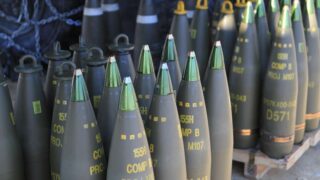
-320x180.jpg)

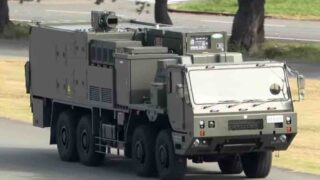
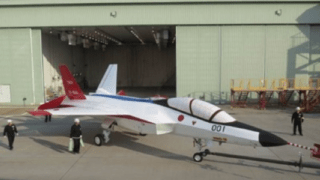
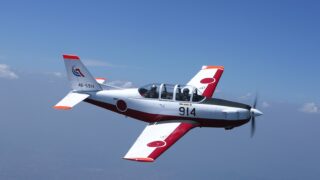


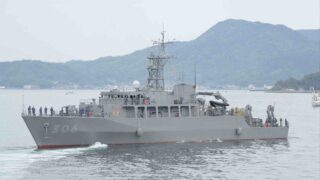


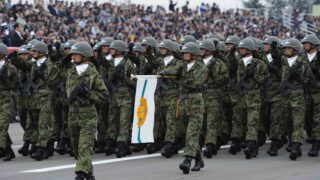
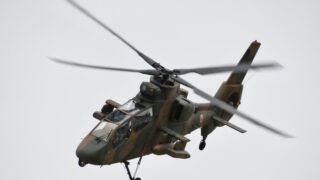

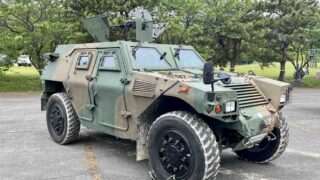
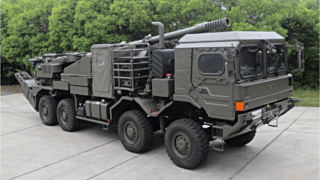

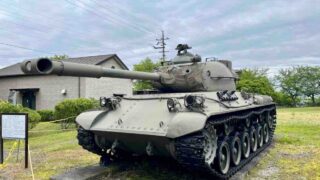
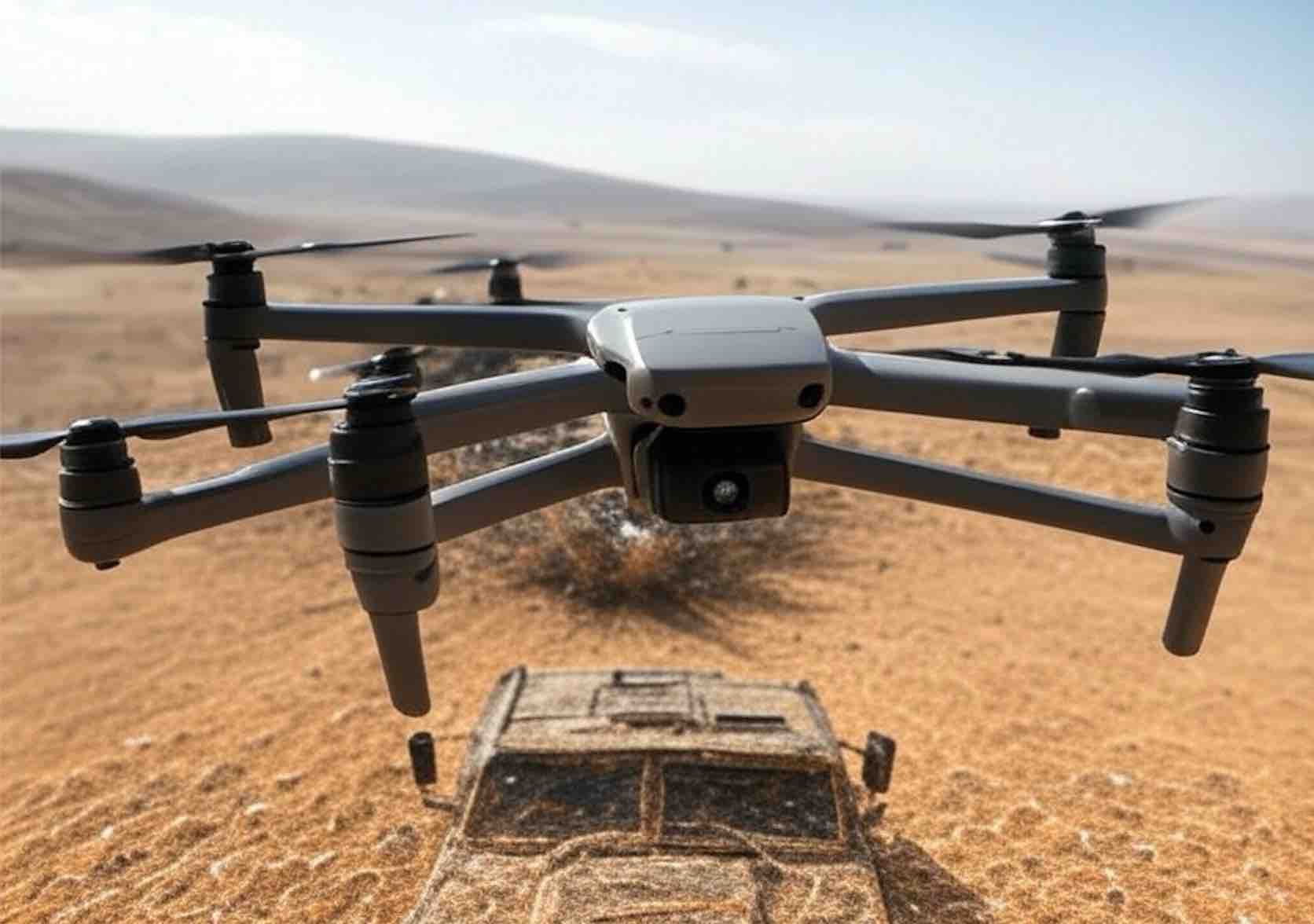
Comments